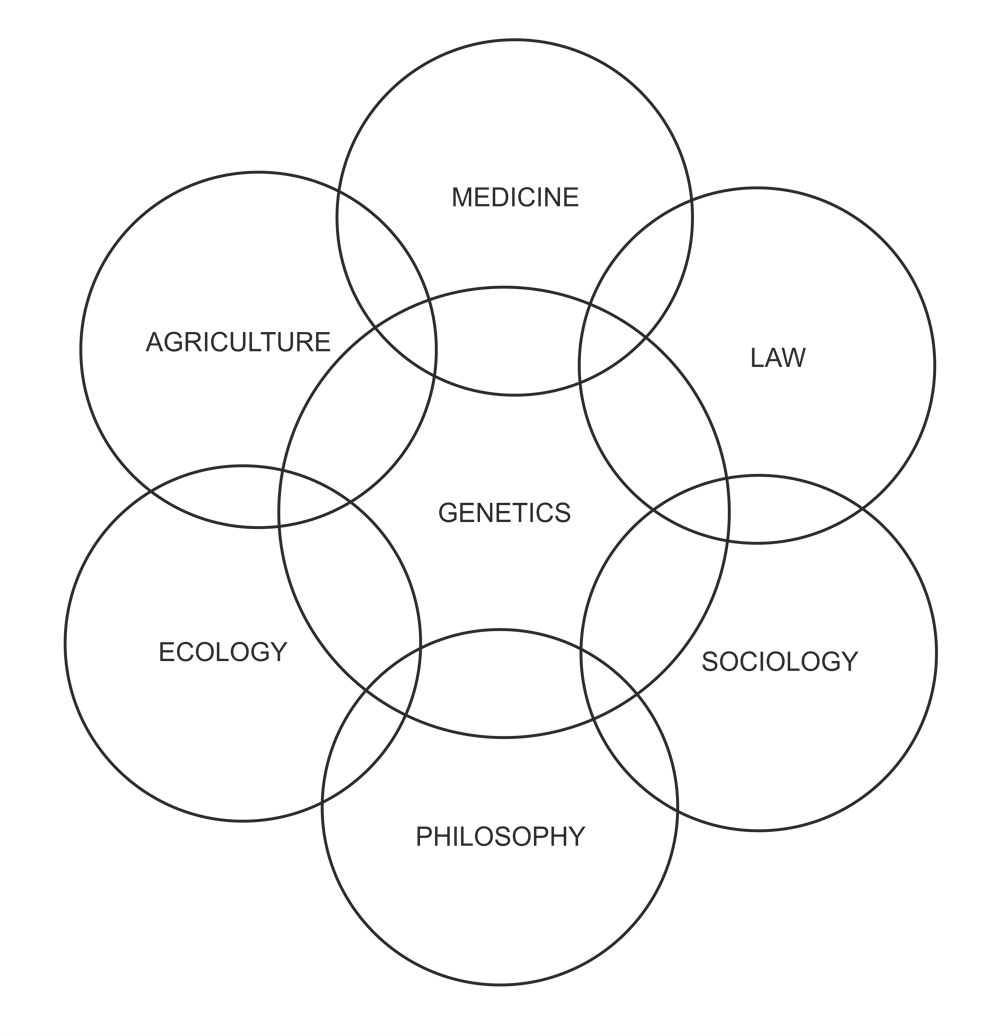
Fig. 1.4. Impact of genetics on different areas of human endeavour (redrawn from Suzuki et at., 1986).
The area of developmental genetics has also received major attention of geneticists in recent years to answer questions like the following. What are the relative roles of nucleus and cytoplasm in differentiation? How can mutations be used to probe into developmental processes? A unique example of the study of development is the embryonic development in
Drosophila and sea urchin, where the initial cell divisions in the zygote are all similar and are controlled by the cytoplasm derived from the mother, but later, some cells divide slowly than the other, producing a pattern.
How is it achieved? Is there a genetic control governing it? In plants also developmental mutants for flower development (e.g. stamens modified into petals) have been isolated and studied leading to the isolation of genes controlling development of floral organs in plants like
Arabidopsis and
Antirrhinum. The techniques for the study of developmental genetics are more difficult, but the area certainly rewarding and results much more exciting. For regulating the developmental process,
temporal genes have been identified in several cases. These genes prepare a programme for the regulation of the expression of different genes in time and space leading to differentiation and pattern formation.

Fig. 1.4. Impact of genetics on different areas of human endeavour (redrawn from Suzuki et at., 1986).

